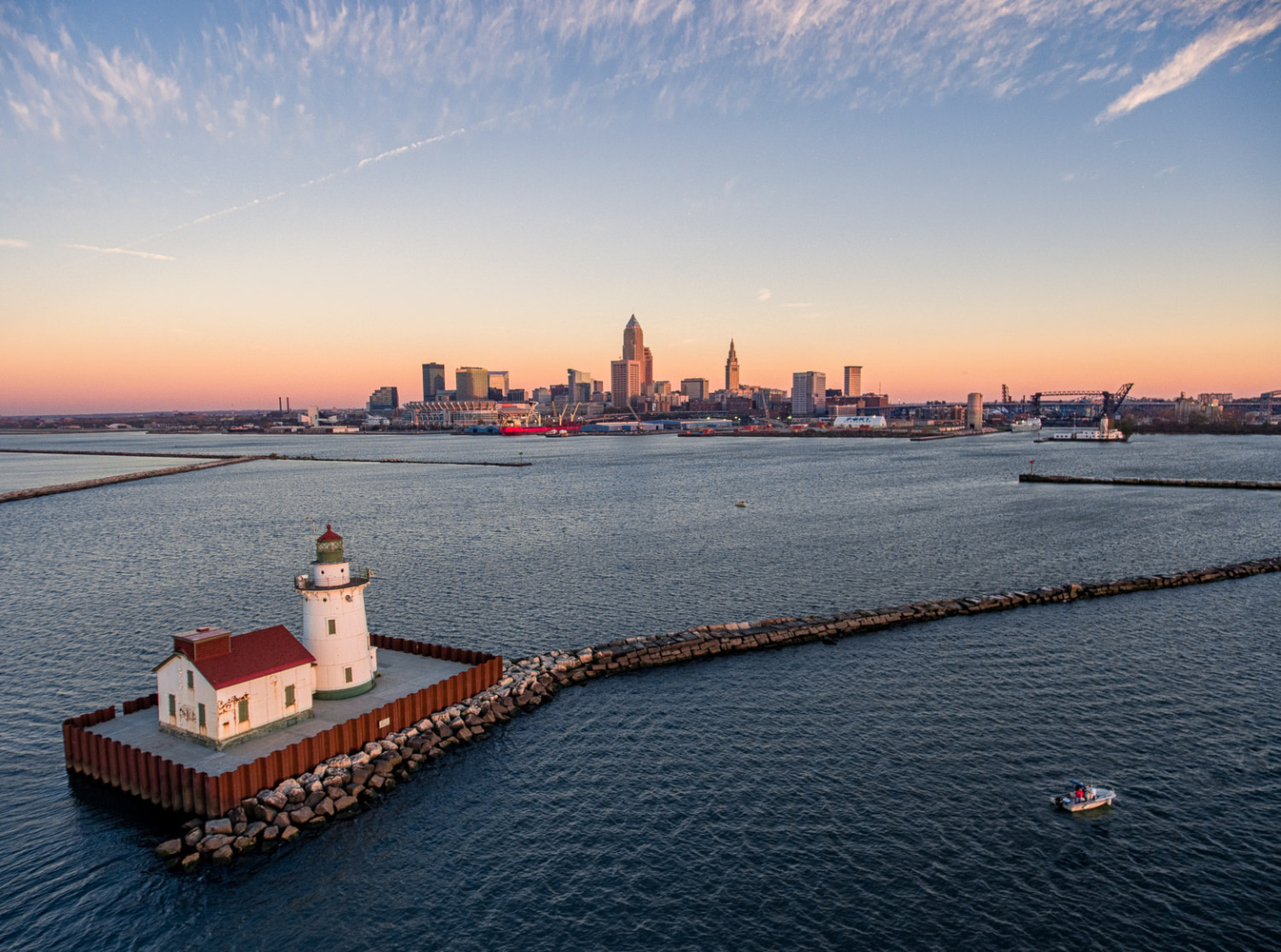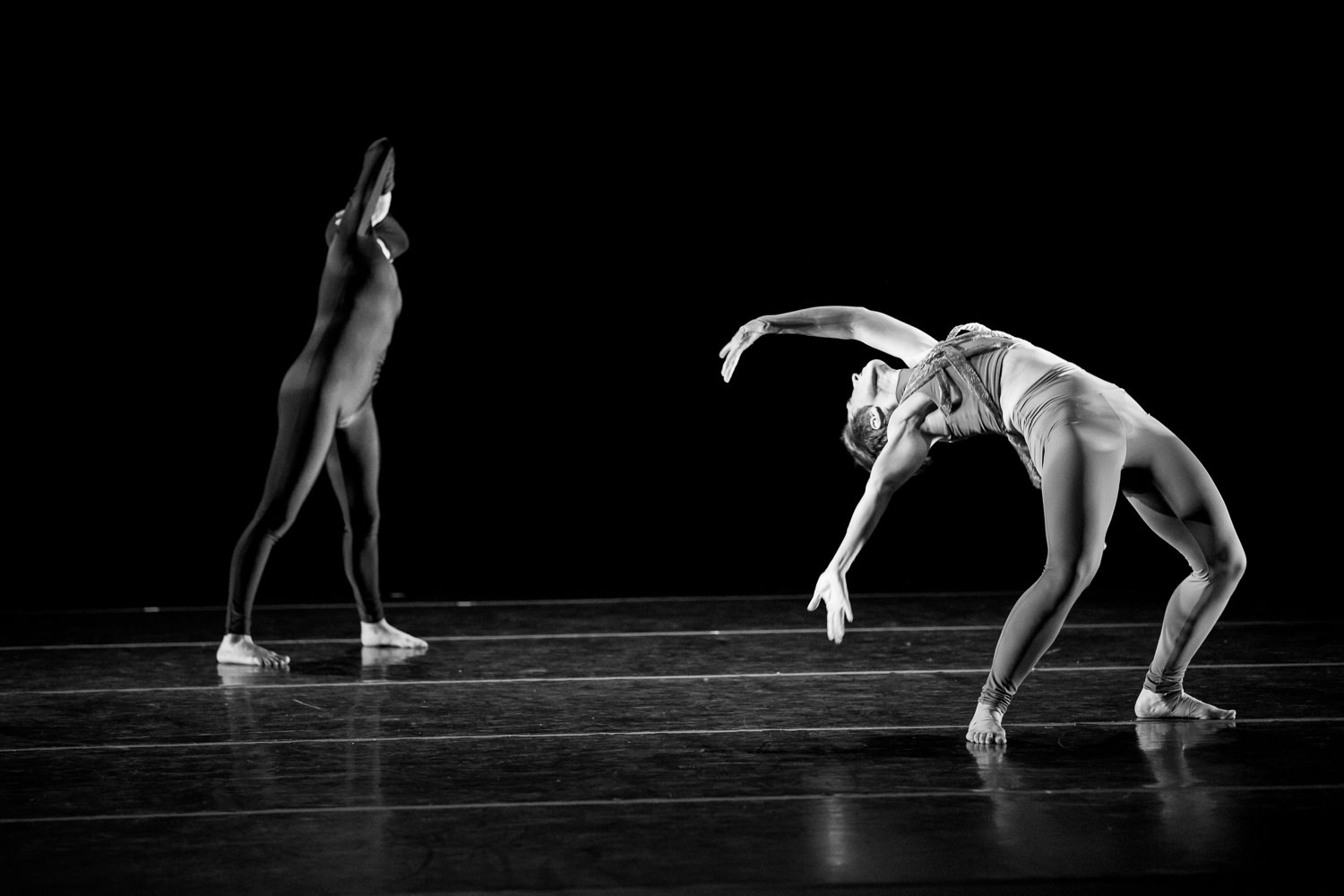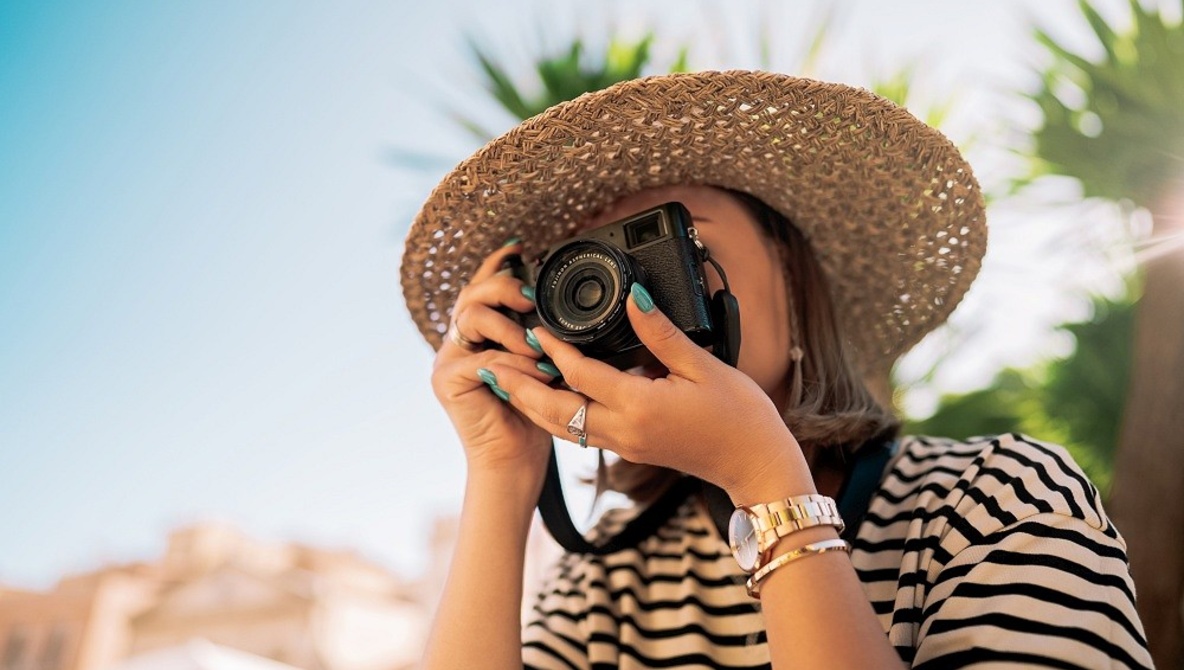Photography is in one of the strangest periods of its history. On the one hand, the tools are more powerful, accessible, and versatile than ever. A mid-tier or even beginner mirrorless body today outperforms the flagship DSLRs professionals relied on a decade ago, and software can recover exposures or retouch files in ways we couldn’t have imagined before. On the other hand, the industry itself feels unstable, as if the ground under photographers keeps shifting every six months. Some of those shifts are exciting. Many are corrosive.
What follows isn’t doom and gloom. Photography is alive and will continue to thrive. However, it’s a sober look at the currents working against working photographers right now. These aren’t personal gripes; they’re systemic issues that impact how we make money, how our work is valued, and how sustainable the profession can be.
1. Everything Is a Subscription Now
There was a time when you bought your tools outright. Lightroom came on a disc. Photoshop was a one-time license, expensive but permanent. Now, almost every major editing platform has shifted to a subscription model, and it’s bleeding photographers slowly but relentlessly. You’re not just paying for software; you’re paying for the privilege of continuing to access your own workflow.
The problem isn’t just the monthly cost. It’s the accumulation. You subscribe to Adobe Creative Cloud, then maybe Capture One for tethering, Photo Mechanic for culling, cloud storage for backups, and a few plugins for retouching. None of these are individually unreasonable, but together, they create a creeping financial weight. For full-time professionals, it’s another line item in overhead. For part-timers or freelancers in slower months, it’s stress-inducing, because you don’t get to stop paying if work slows down.
What makes this particularly toxic is the lack of exit strategy. Once you’re locked into a subscription ecosystem, leaving often means abandoning some combination (if not all) of your edits, your catalogs, your presets, and in some cases, even your archived files. That’s not choice; it’s hostage-taking. Companies use compatibility as leverage, knowing professionals can’t just walk away. The result is software fatigue: resentment builds not because tools aren’t good, but because access feels rented rather than earned.
Photography is supposed to be about freedom of expression, yet many professionals feel chained by recurring costs. The irony is that amateurs often pirate or use free alternatives, while pros, the very people keeping the industry alive, are the ones footing the bill endlessly. The subscription model hasn’t killed photography, but it has made the business side feel like an uphill grind instead of a sustainable craft.
2. Misuse of Images on Social Media
The rise of social platforms gave photographers a megaphone, but it also opened the floodgates for theft and misuse. A single post can reach tens of thousands, but it can also be screenshotted, reposted, and stripped of credit within minutes. For many photographers, the first time they see their image “go viral” is when it’s plastered on a meme page with someone else’s logo slapped across it. The platforms that benefit from this visibility have little incentive to protect the original creator.
At its core, the problem is cultural as much as technical. People no longer see images as authored works. They see them as free-floating content. If it exists online, the assumption is that it can be shared without permission. Credit is treated as optional, not mandatory, and enforcement is nearly impossible at scale. Even when takedown requests succeed, the damage is already done: the image has been divorced from its author, and the clicks went elsewhere.

For professionals, the result is exhausting. You either spend unpaid hours policing misuse or you resign yourself to watching your work drift untethered across the internet. Neither is healthy. Social media has amplified photographers’ reach, but it has also hollowed out the sense of authorship that once gave images economic weight. Until platforms prioritize protecting creators over endless recycling (and why would they, when all that "sharing" means more revenue for them?), this misuse will remain one of the industry’s ugliest realities.
3. AI Image Training Without Photographer Consent
The newest and most alarming threat is the way artificial intelligence systems are being trained. Massive datasets have been scraped from the internet, pulling in everything from Flickr archives to commercial stock images to personal portfolios. Photographers’ work, often licensed, copyrighted, or created for paying clients, is fed into models without consent, credit, or compensation. The result is AI systems that can mimic professional imagery while cutting the professional out of the loop entirely.
This isn’t just theoretical. Already, AI tools are being used to generate product photos, portraits, and even editorial images that clients might once have paid a photographer to create. The companies building these tools insist the datasets are “publicly available,” but “public” doesn’t mean “free for corporate repurposing.” What’s being taken isn’t simply pixels. It’s years of expertise, vision, and labor, commodified into raw material for an algorithm.
The danger goes beyond lost income. AI systems trained on stolen work also muddy the cultural record. A photograph once carried the fingerprint of its author in its style, intent, context. AI images mimic that style without accountability, erasing the relationship between creator and creation. When a brand can ask for “a wedding photo in the style of X” and generate a knockoff in seconds, it doesn’t just cut a photographer out of the job; it diminishes the very idea of authorship.
The fight for protections is ongoing, with lawsuits and proposed regulations, but the imbalance of power is stark. Individual photographers can’t out-lawyer billion-dollar tech firms. Until there’s systemic change, whether through collective action, stronger copyright law, or transparent opt-in datasets, photographers remain unwilling donors to a technology designed to replace them.
4. Unrealistic Client Expectations
Instagram, TikTok, and Pinterest have changed how clients see photography. The average client now arrives with a mood board of images curated from social platforms, often unaware of the production realities behind them. They want “natural light” that looks like golden hour in a studio. They want flawless skin without retouching fees. They want instant turnaround because influencers upload edits the same day. Expectations have inflated while budgets have deflated, leaving professionals caught in the middle.
Part of this is ignorance, not malice. Clients don’t realize the work they admire often took a team plus hours of post-production. To them, it looks effortless, so they assume it is effortless. Social media normalizes perfection without context, and that normalization shifts the baseline for what clients demand. The photographer who delivers high-quality but realistic work is seen as “underperforming,” even if they’ve actually done an incredible job.

The result is burnout. Talented photographers leave the industry not because they lack skill, but because the constant mismatch between what clients expect and what they’re willing to pay makes the profession unsustainable. Until education about the craft becomes part of the conversation, unrealistic expectations will continue to hollow out the industry from the client side.
5. Algorithm-Driven Visibility
In theory, social media gave every photographer a global stage. In reality, the stage is controlled by algorithms that decide who gets seen and who doesn’t. Photographers are told to “share their work,” but the visibility of that work is throttled by opaque formulas that reward frequency, gimmicks, or video content over thoughtful images. Your reach depends less on quality than on whether you’ve hacked the platform’s latest engagement trick.
This creates a perverse incentive. Photographers spend more time crafting reels, chasing trends, or optimizing hashtags than refining their craft. A perfectly lit portrait might reach 500 people, while a sloppy behind-the-scenes video gets 50,000 views. The algorithm doesn’t reward professionalism; it rewards stickiness. As a result, many professionals feel forced to dilute their work into snackable content just to stay visible.

This dynamic shifts power away from photographers and toward tech companies. Your visibility becomes less about your craft and more about your willingness to play the platform’s game. The result is a culture where popularity is mistaken for quality, and professionals are judged by metrics that have nothing to do with actual skill or reliability.
6. Everyone Who Buys a Camera Thinks They’re a Photographer
Let’s be clear: it’s wonderful that more people are taking up photography as a hobby. Accessibility is a good thing. A thriving community of enthusiasts keeps the culture vibrant, and many pros started as hobbyists themselves. The problem isn’t that people are picking up cameras. It’s that too many conflate ownership with expertise and start charging for work long before they’re ready.
The barrier to entry has never been lower. A decent mirrorless kit can be bought for under $1,500, and with presets or auto modes, you can produce technically competent images right away, at least in good conditions and straightforward scenarios. That’s fantastic for learning, but when new shooters immediately market themselves as professionals, it creates distortion. They undercut prices, deliver inconsistent quality, and set client expectations unrealistically low. In the short term, clients are happy to save money. In the long term, they walk away disappointed by the results, and their trust in the industry as a whole erodes.
When everyone with a camera markets themselves as a professional, the market floods with underpriced, underdeveloped options. Established professionals then get pressured to match those rates, even though their experience, investment, and reliability are on a completely different level. The result is a race to the bottom, where skill is undervalued and sustainability is impossible.
It’s also damaging to the hobbyists themselves. Many burn out quickly when they realize client work involves far more than shooting; it’s contracts, deliverables, archiving, editing, and client management. By jumping too early into paid work, they sour on the craft entirely. What could have been a joyful lifelong pursuit becomes a brief, frustrating side hustle.
Respecting the profession means encouraging people to join the hobby while reminding them that professionalism is more than gear ownership. It’s a craft, a business, and a discipline. Until that distinction is made clear, the industry will keep suffering from the confusion between owning a tool and mastering a trade.
Conclusion
The photo industry isn’t dying, but it is warped. Acknowledging these issues isn’t negativity. It’s clarity. The craft itself is as rewarding as ever, and the hunger for imagery isn’t going away. But the profession needs structural changes. Photography deserves better than the current paradigm. It deserves systems that honor the people who make it possible.








Great article. The one omission I would point to is photographers not valuing their own copyright, making many more decision-makers at many brands/agencies more reluctant to pay license fees of any kind.
Thanks for another original article, Alex.
Another problem with the photography industry is videography. Pure photography, and straight photographers, are being displaced by hybrid shooters. Either being replaced by them or being forced to become one, which leads to our photography being watered down because clients demand that we spend time and effort on videos instead of allowing us to continue to improve and refine our photography.
Photography and videography are very much separate things, but these days so many people have the attitude that "they're kinda the same", and that is corroding pure photography by infecting it with something that it isn't.
The bottom has fallen out of the stock photo market, largely due to the number of high quality images. What was once difficult to produce can now achieved relatively easily with modern equipment, push-button presets, and AI.
Authentic photography has being relegated!